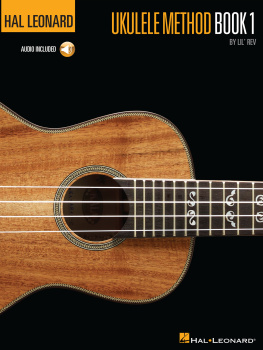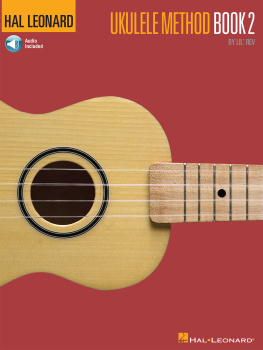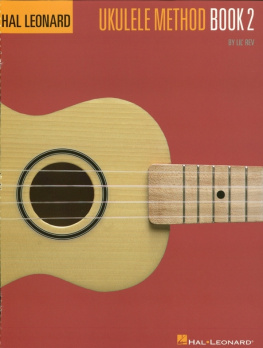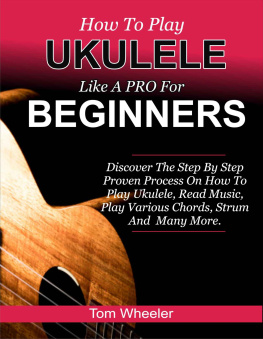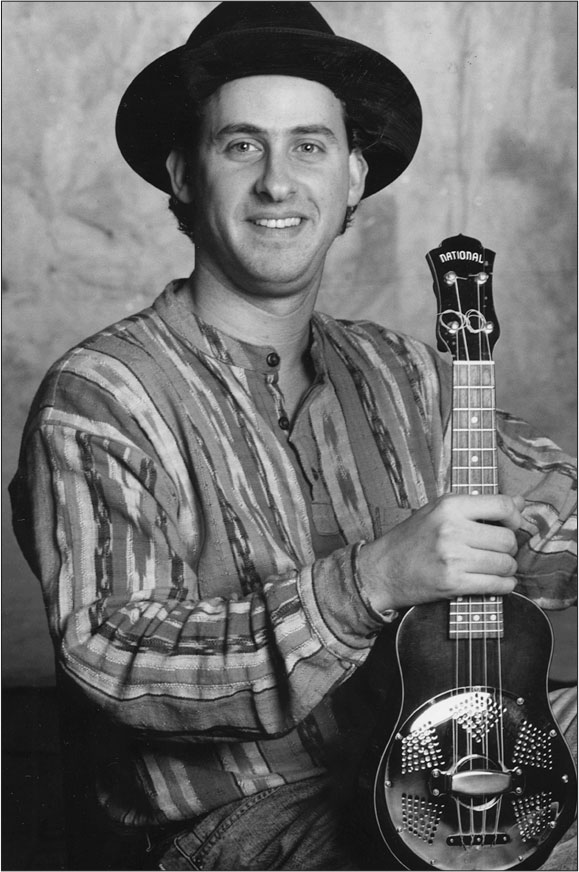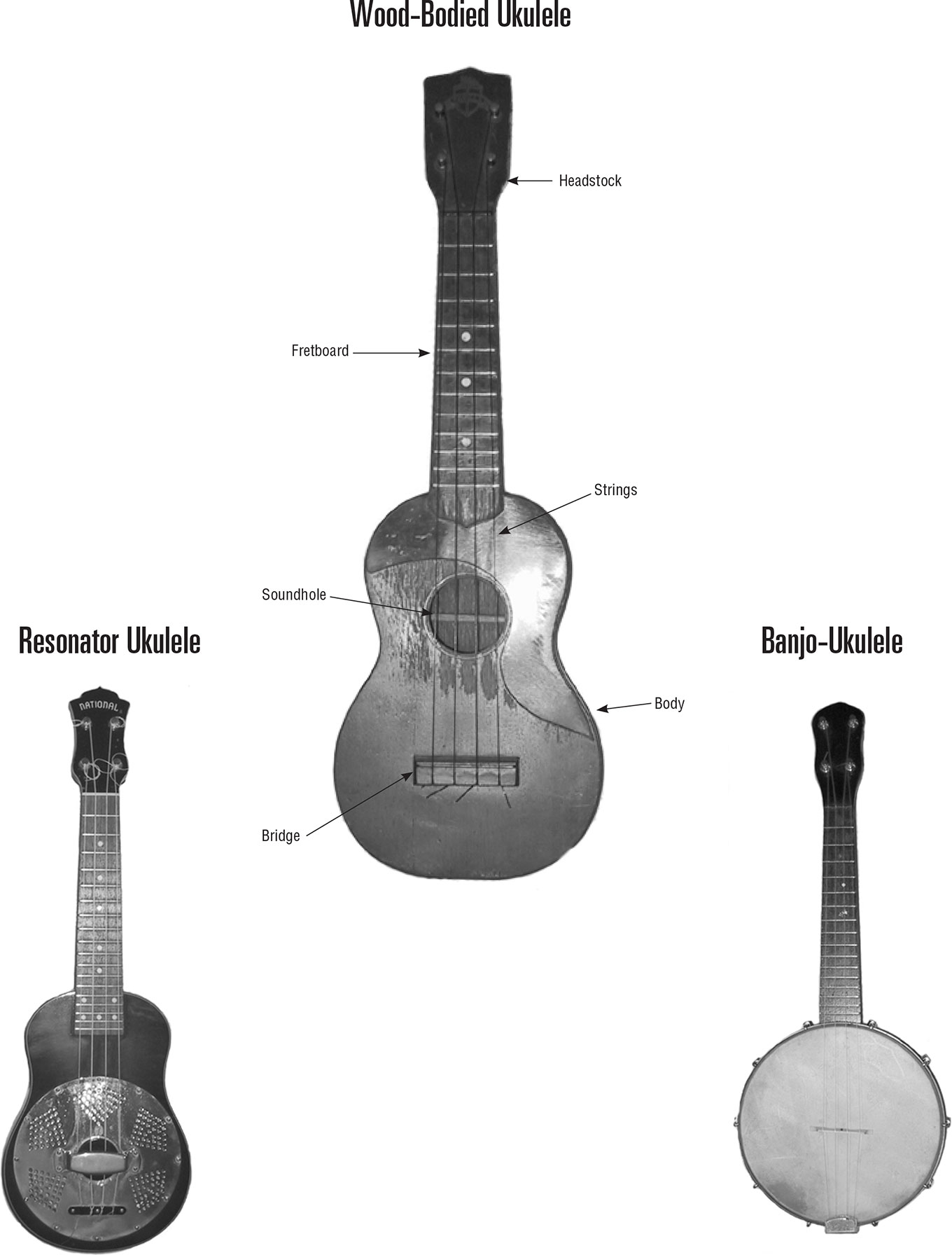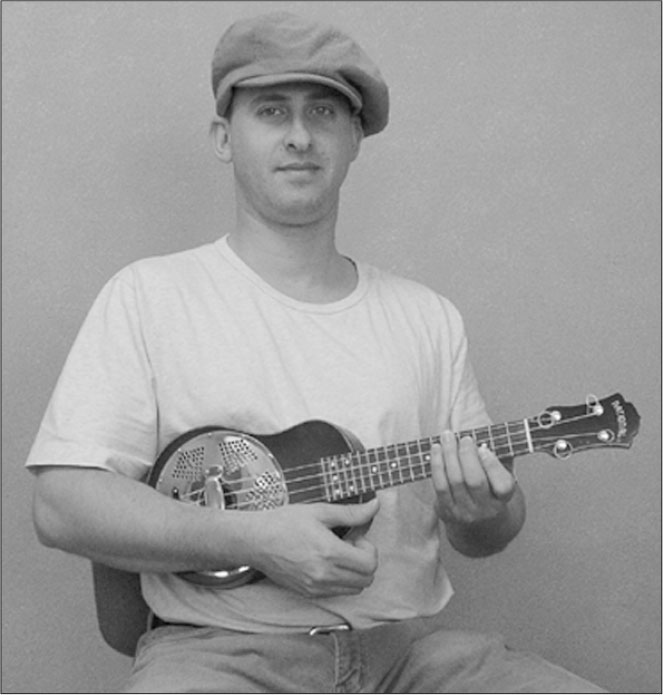The audio in this book contains recordings of select exercises and tunes within the lessons. Your goal should be to learn the piece well enough to play along with the recorded uke. Many examples have both chords and melodies written out, so you can play one part while the recorded uke plays the other.
A BRIEF HISTORY OF THE UKULELE
Most ukulele historians agree that the birth of the ukulele began in 1879, when Portuguese agricultural workers arrived in Honolulu aboard the English ship Ravenscrag. Many of these workerslike Augusto Dias, Manuel Nunes, Joao Fernandes, Joao Luiz Correa, and Jose do Espirito Santobrought with them a remarkable ability to play the machete (a small guitar-like instrument with four cat-gut strings, the precursor to the uke). In turn, these workers also shared an intense passion for working with wood, and thus began a rich tradition of ukulele craftsmanship on the islands.
The year 1915 brought with it the Pan-Pacific International Exposition held in San Francisco. Here, the Hawaiian contingent and their beloved ukulele helped to spark its popular appeal amongst players and consumers alike. What followed were Hawaiian-themed songs and musicians, a sheet-music industry that regularly printed ukulele chord symbols on its music, uke-strumming Vaudeville entertainers, and mainland manufacturing companies like Martin, Gibson, Harmony, Lyon & Healy, and Epiphone all working overtime to meet the demand for quality ukes.
Some of the greatest players to emerge from this early era included Cliff Edwards (Ukulele Ike), Wendell Hall (The Red-Headed Uke Player), Johnny Marvin (Honey Duke), Roy Smeck, Frank Crumit, King Bennie Nawahi, Ukulele Bailey, and George Formby (in the UK).
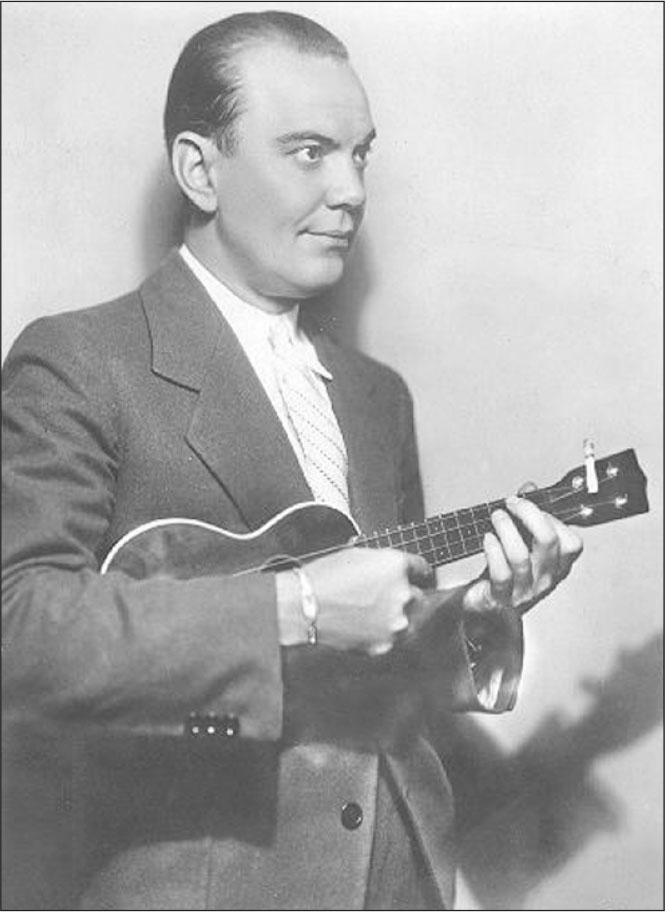 | 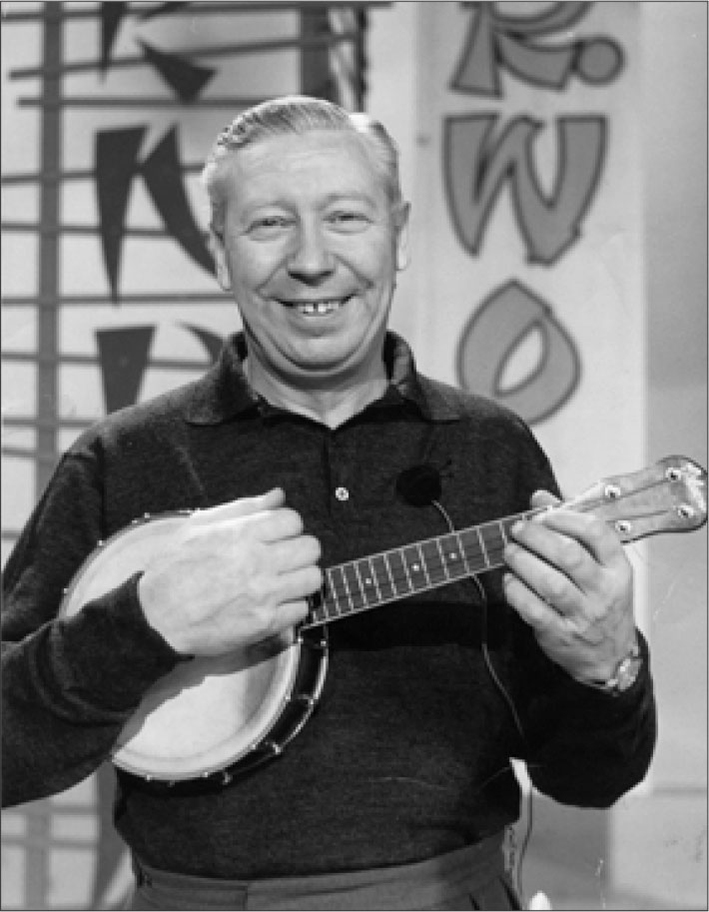 | 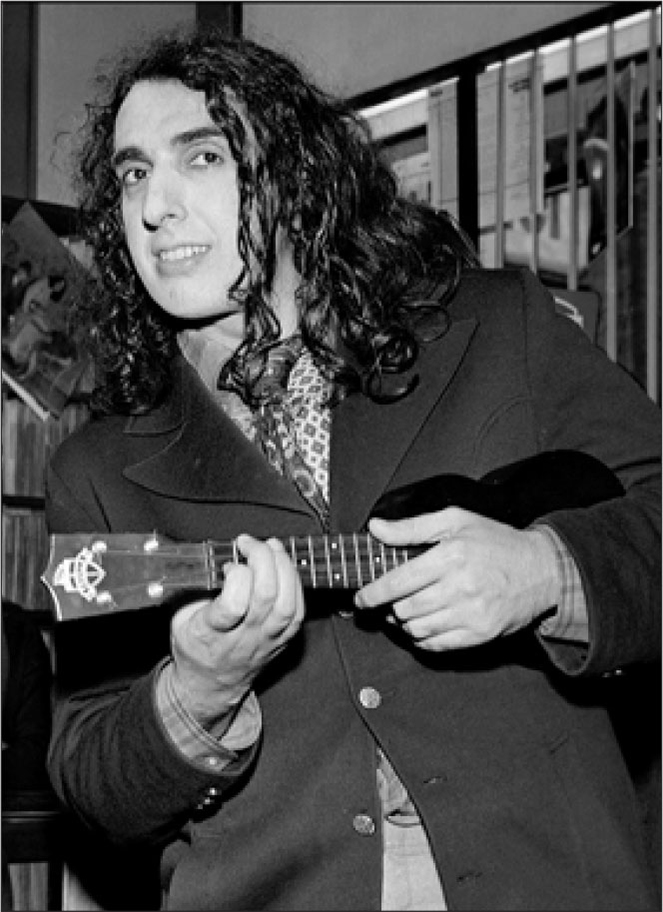 |
| Courtesy of David Garrick | From BBC Picture Archives/Redferns | Photo by Dick Barnatt/Redferns |
Cliff Edwards: the Golden Voice
of the 1920s and 30s. | George Formby: the Uke Star of the U.K. | Tiny Tim: broke into pop culture
with his novelty cover of the Nick Lucas tune
Tip Toe Through the Tulips. |
While the depression years of the 1930s and the war years of the forties may have brought a temporary lapse of interest, uke hysteria began anew in the 1950s with the appearance of baritone uke player Arthur Godfrey, whose numerous television and radio appearances helped to put the ukulele back in the limelight. In the next decade, Tiny Tims 1968 novelty cover of the Nick Lucas tune Tiptoe Through the Tulips made quite a splash, and its safe to say it is still the best-known uke song amongst non-players in the U.S.
Todays ukulele revival is experiencing a groundswell of interest amongst both the young and old, while drawing from traditional and eclectic sources. There is a vitality to the current crop of professional players, all of whom treat the uke with a lot of historic respect while continuing to push the envelope in many new directions. We are just as likely to hear Canadian virtuoso James Hill play his incredible rendition of the Super Mario Brothers theme as we are to hear the young Hawaiian star Jake Shimabukuro play Paul Simons Mrs. Robinson, or for that matter, ukulele guru Jumpin Jim Beloff croon the classic Bye Bye Blackbird.
So ya see, once you learn the basics of picking and strumming, the sky is the limit for the history is still being written!
YOUR UKULELE
This book is designed for use with any type of soprano, concert, or tenor ukulelewhether they are wood-bodied, banjoukulele, or resonator-style ukuleles. You may use any of these models to study the music in this manual.
PLAYING POSITION
There are many ways to hold your ukulele comfortably. Typically, you will be seated, but you may find it necessary to stand on occasion. See what works best for you.

